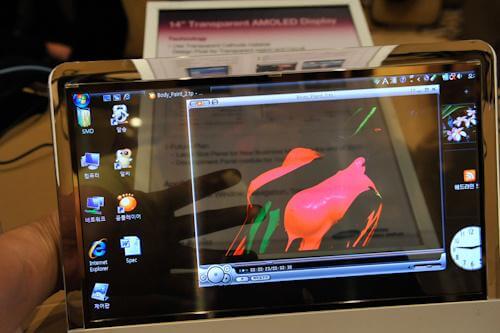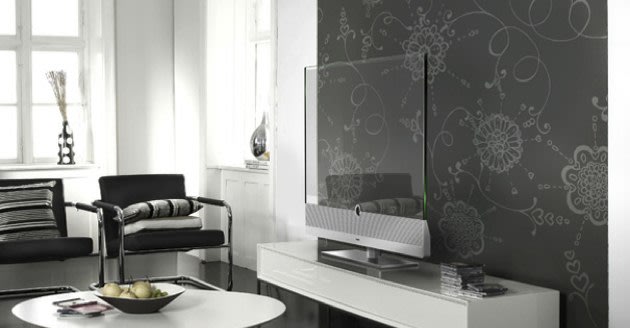http://www.bbc.co.uk/news/technology-20888689
But it won't be affordable for few more years. But on the bright side, its cheaper than the first 40"+ Plasma and LCD.
But it won't be affordable for few more years. But on the bright side, its cheaper than the first 40"+ Plasma and LCD.
![[H]ard|Forum](/styles/hardforum/xenforo/logo_dark.png)






